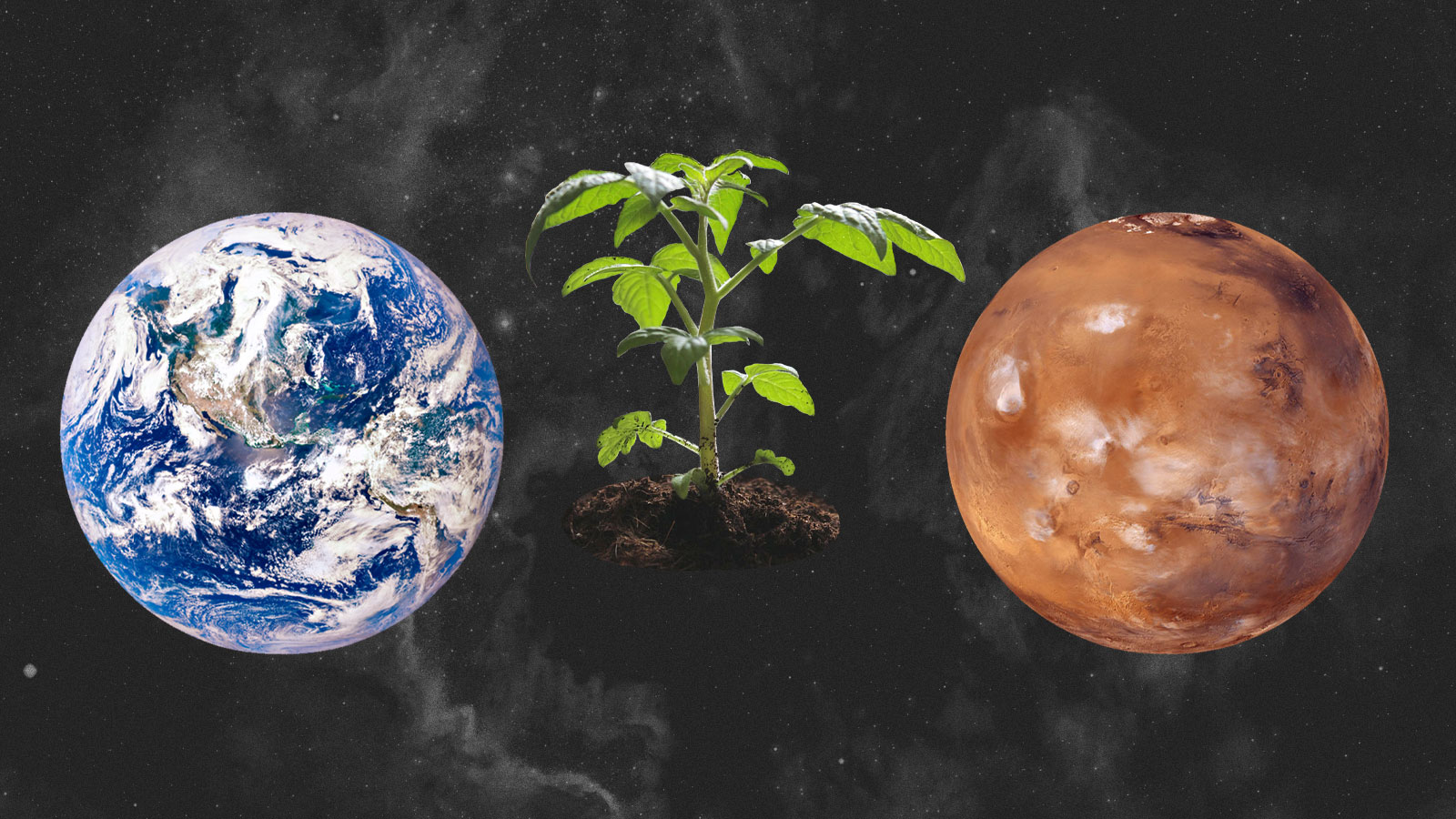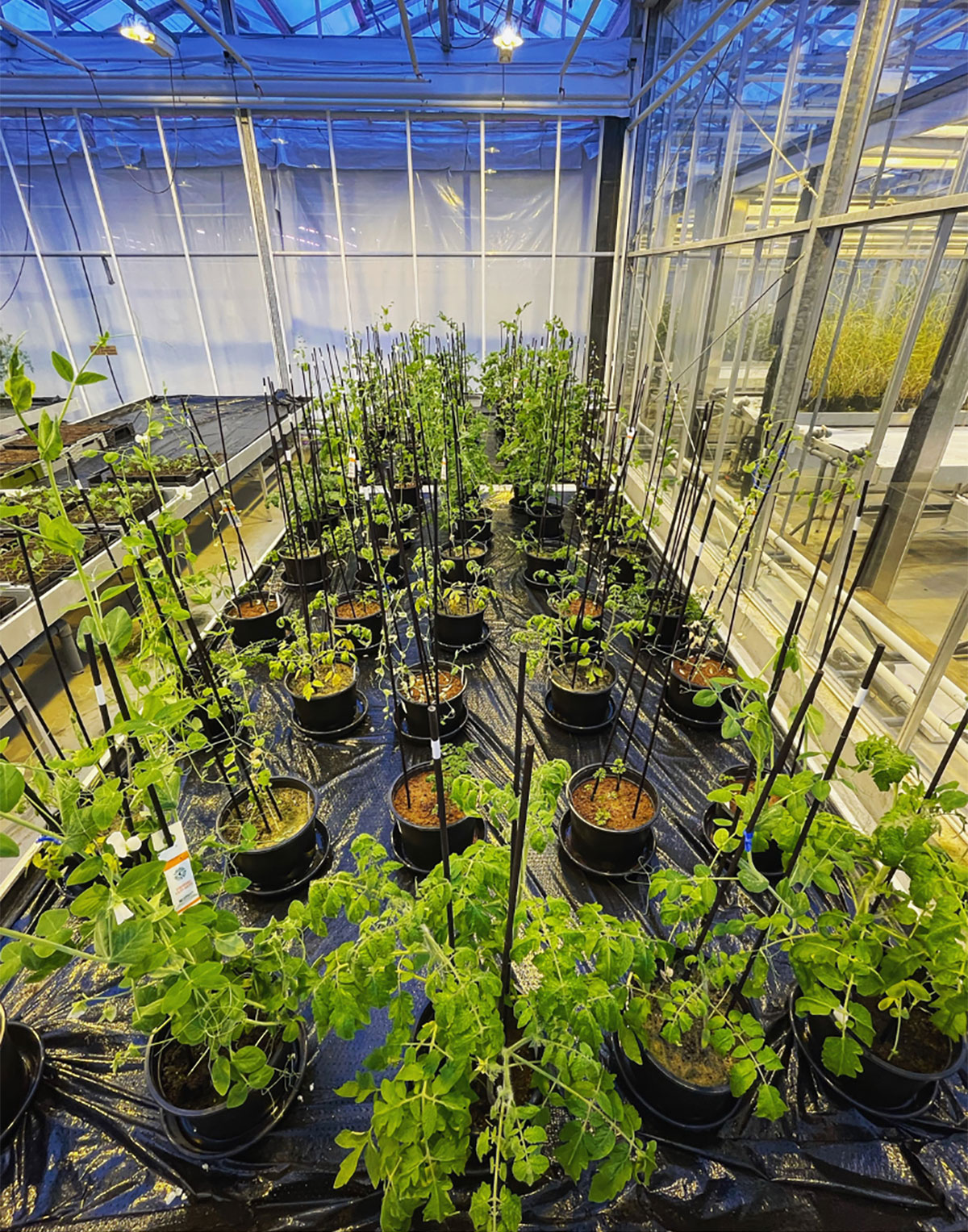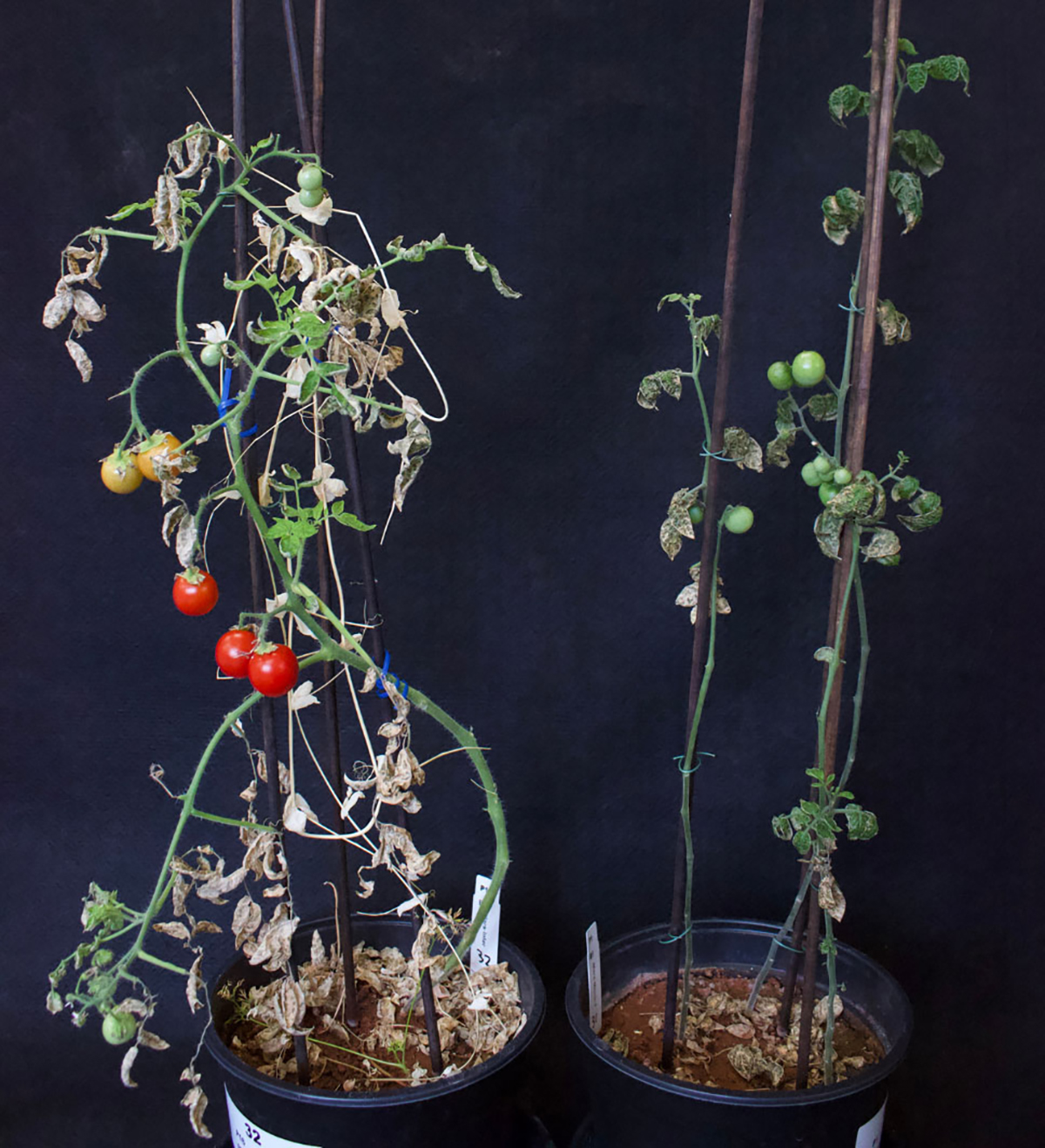
The first thing Brazilian astrobiologist Rebeca Gonçalves remembers learning as a child was the order of the planets. Her uncle, an astrophysicist, also taught her all about the constellations that dot the night sky over São Paulo. “Ever since I was little, I’ve been in love with space,” she said.
This led to a career in space agriculture, figuring out how to grow food on other planets. She credits the time she later spent among the Kambeba, An indigenous tribe in the Amazon rainforest that she is descended from, for her belief that it is imperative that she do more than explore distant worlds. She wants to keep this one too.
“This is a very conscientious topic within the world of space agriculture science,” Gonçalves said, noting that “every single piece of research we produce must have direct benefits for Earth.”
This ideal makes her latest research particularly timely. She and a team at the Wageningen University & Research Center for Crop System Analysis found that a ancient Mayan farming technique called intercropping works surprisingly well in the dry, rocky terrain of Mars.
Their findings, published last month in the journal PLoS ONE, has obvious implications for the possibility of exploring or even settling that distant planet. But understanding how to grow crops in the extraordinarily harsh conditions on other planets does more than ensure that those who colonize them can feed themselves. It helps those here at home to do the same as the world warms.
“People don’t really realize [this], because it seems far away, but actually our priority is to develop it for the benefit of the earth,” said Gonçalves. “The earth is beautiful, and it is unique, and it is rare, and it is fragile. And it needs our help.”

Rebeca Gonçalves
Intercropping, or growing different crops in close proximity to each other around the size and nutritional value of returns, required less soil and water as monocropping, or the practice of constantly planting only one thing. Although common among small farmers, especially ear Latin America, Africa and China, intercropping remains a novelty in much of the world. This is partly due to the complexity of managing such systems and largely unfounded concerns about yield loss and pest susceptibility. Modern plant breeding programs also tend to focus on individual species and a general trend to less diversity in the field.
This is a missed opportunity, according to Gonçalves. Evidence suggests that intercropping reduces the impact of climate change and unsustainable farming practices on yields in degraded lands, which accounts for as much as 40 percent of the world’s agricultural land. “The potential of intercropping is really, really high to solve some of the climate change issues,” she said.
That’s why she decided to try to deploy it on Mars, where the regolith – the name for dirt on other worlds – has absolutely no nutrients or biological life in it. not otherwise than heavy degraded lands on the earth. Working out of a greenhouse at the university, the researchers planted a variety of tomatoes, carrots and peas in a simulation of the loose material covering the planet’s rock after supplementing it with some nutrients and soil.
What they discovered was that although intercropping doubled tomato yields and led to faster growth as well as thicker plant stems compared to monocropping, the carrots and peas grew better on their own. (The researchers suspect the limited amount of nutrients they added to the coarse regolith is the likely cause.) In contrast, intercropping in sandy soils — the experiment’s control, found in many regions on earth — significantly increased yields for both the tomatoes and peas.
While the results may seem mixed, it’s remarkable that the team can grow anything at all in the simulated regolith, which, as Gonçalves notes, is essentially “ground stone.”
Of course, agricultural conditions on Marswhere it is extremely cold and dry with precious little oxygen is much more extreme than that on Earth, where climate change is causing chronic droughts and a long-term shift to drier conditions which further depleting water supplies.
And yet the soil covering the Red Planet bears striking similarities to sandy soil severely damaged by climate change in arid and semiarid regions around the world, including parts of Africa south of the Sahara, northern China and southern parts of South America — breadbaskets where water scarcity and erratic rainfall patterns have led to failed crops and reduced crop yields in recent years.
What this experiment demonstrates, according to the authors behind it, is that it could be an untapped solution to revitalizing depleted farmland — while also tackling agriculture’s widespread land-use problem. Previous studies have shown that, on average, intercropping with two crops is necessary 19 percent less land than each individual crop grown in isolation.
“Take a village in Africa that suffers with degraded lands, and the farmers suffer, the community suffers. If we can have the setup we created for a Mars colony, it’s really no different than a small African village because we can have the same technology there,” Gonçalves said. “It’s really endless, the possibilities we could have to apply, almost duplicate, this Martian colony system, in local communities on Earth.”
But how adaptable are solutions like this in parts of the world where they are most needed? The short answer: It’s complicated.
A 2024 paper examining the challenges of applying technology developed for space research throughout the Global South found that, when case studies in Guyana, Tanzania, Nepal and Vietnam were analyzed, power inequalities and the exclusion of historically marginalized groups persisted as a result of discourses, structures and relationships arising from historical colonial structures. It builds on previous research that has revealed how India’s “green revolution,” in which the country adopted modern methods of industrialization of farming, leading to unintended agricultural and health consequences for small farmers.

Gonçalves’ work is part of a rapidly growing body of research in space agriculture driven by billions of dollars of investment and the keen attention of governments, policy makers and the private sector.
Just two years ago, a team at the University of Florida published a landmark article which reveals how it grew a tree candle in lunar regolith collected during the Apollo era. The same year, scientists at Iowa State University grew turnips, radishes and lettuce in simulated Martian regolithwhile Other studies nationwide review deployment challenges for research experiments where crops including wheat has germinated in simulated lunar and Martian dirt. Together, these space-oriented investigations further indicate a surge in momentum for a field that is gaining our collective fixation with other worldswhile subtly exploring solutions to an Earth-bound crisis so politicized as to cause feelings of disconnection.
While Gonçalves’ study provides a “tempting” look at how traditional agricultural methods could be used on Mars, it may not be the “most logical approach” there, Gene Giacomelli said. He considered landless, or hydroponic, growing procedures the “only approach” to safely start producing food on another planet. He is the founding director of the Controlled Environment Agricultural Center at the University of Arizona, where he spent more than 20 years developing a greenhouse for use on the Red Planet.
Still, Giacomelli agrees that intercropping can be useful in the eroded soils of the Earth, an idea that also intrigues Thomas Graham. He is an associate professor at the University of Guelph who has studied space farming since 1997 and believes Gonçalves’ work highlights “the importance of quality soils for a reliable food supply, both on Earth where soils are under significant pressure, as well as in future space. applications.”
Early in his career he was involved in a project funded by NASA to build a small greenhouse in the high Arctic tundra of Canada, a “Mars Analog Site” known for its unforgiving conditions. While there, he saw the “horrendous food insecurity issues” facing those living in some of Canada’s most remote communities. “Getting fresh food there is very difficult, if you can get it at all,” he said. “And it’s terribly expensive.” This led him to investigate technological solutions to the challenge of growing crops in the most extreme of extreme environments – outer space.
“I was fortunate to be able to help explore space while helping ensure people have a meal to eat,” Graham said. “It also helps with my way of contributing to helping society adapt to the mess we’ve made with climate change.”
Solutions such as greenhouses developed to colonize other worlds, according to Graham, can be deployed in drought-stricken areas on Earth “the next day” after they are invented.
Of course, achieving this in a way that benefits the people who can use it most will rely on the right combination of funding, political will and inclusive adoption. Without that impetus, the widespread application of these kinds of agricultural techniques may be almost as far away as our ability to feed those who will one day populate the cosmos.






